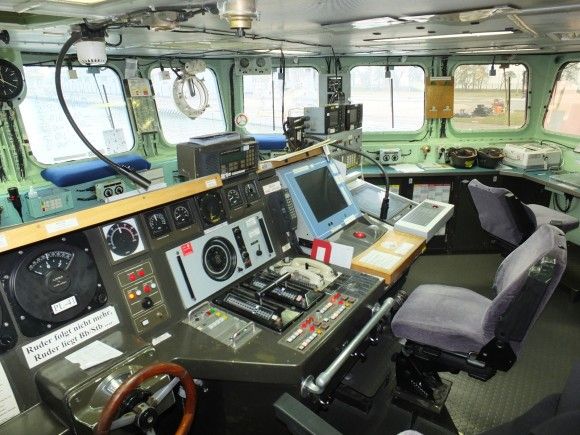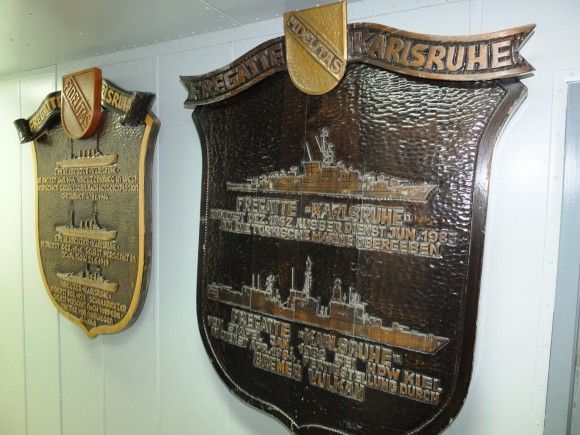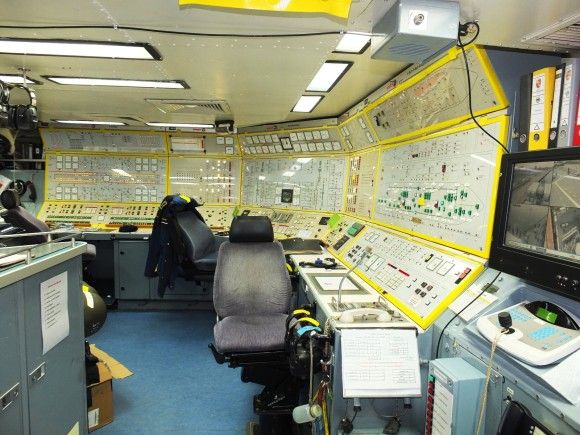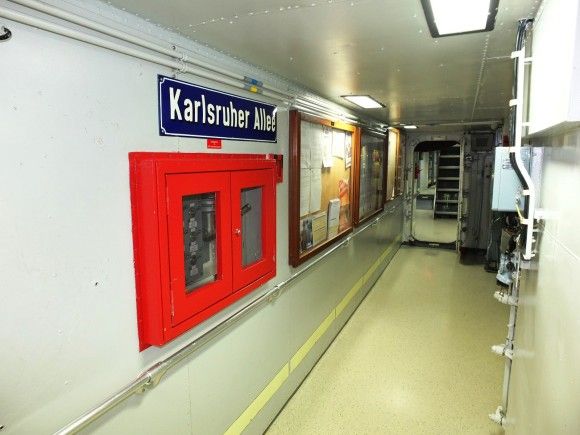Land Forces
Anders Platform Revisited. Modular IFV in Kielce
During the MSPO 2016 exhibition, tracked-chassis Anders platform has been presented, in an IFV variant, armed with a 30 mm cannon and Spike ATGMs.
The demonstrator of the Anders vehicle in an IFV variant has been developed by the Bumar-Łabędy facility, belonging to the PGZ [Polska Grupa Zbrojeniowa – Polish Armament Group]. The vehicle is offered for the Polish Army, as well as for the foreign users. The concept of using the Anders “Universal Modular Tracked Platform” as an IFV has been presented a few years after the first demonstration of this vehicle in the IFV derrivative took place. The main armament of the vehicle is formed by the Hitfist-30P turret module, integrated with two launchers of the Spike-LR ATGM. Thus, this solution is similar to the one proposed within the framework of modernization programme developed for the Rosomak APC.
The vehicle itself has also been modified. Lighting and driver’s hatch are the most notable changes. The hull shape has been refined, as the vehicle is capable of carrying more payload. Armour also has been strengthened. Modules similar to those designed for the Rosomak-M vehicles, on the basis of the IBD Deisenroth Engineering solution, have been applied as additional protection for the sides of the vehicle. The technology, coming in a form of the Nano-Cristaline Ceramics plates, makes it possible to reduce the weight of the armour, and provides additional advantages at the same time.
The vehicle may also receive additional armour based on other proposed solutions within the scope of passive armours. The protection level may also be enhanced by passive and active self-defence systems and systems that could be used to detect the potential threats. It is stressed that Anders is built on the basis of a modular structure, which enhances the options within the scope of installing additional armour and equipment. There is also an option of installing the seventh pair of wheels on the vehicle, which makes it possible to make the hull around 1 meter longer.
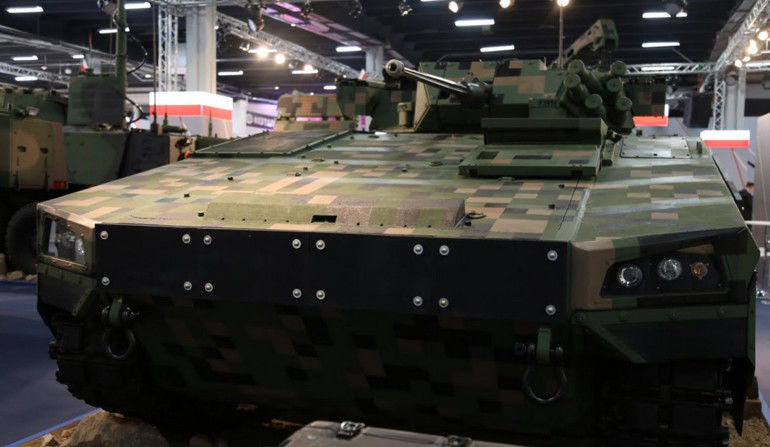
The basic assumption adopted in case of the showcased Anders vehicle is to create a well-armoured IFV which would be able to provide fire support for the tank units or for the troops carried onboard, also within the scope of fighting against heavily armoured combat vehicles, with the use of the Spike ATGM.
The conditions prevalent within the contemporary battlefields create more and more needs of designing vehicles which offer a relatively high level of protection, and which, at the same time, make it possible to utilize a significant quantity of extra equipment such as reconnaissance or battlefield management systems. It is also stressed that during the operations undertaken with the use of that vehicle, depending on the profile of the task and options of technological advancement, use of the individual platforms and their mission equipment may be a subject to change.
The Anders IFV demonstrator presented in Kielce constitutes an attempt to meet the requirements of the aforesaid assumptions. The modular structure is to make it possible to utilize the vehicle for a variety of uses, of implement modernization changes. In order to use the features of this concept to the fullest, it would be desirable to develop a family of specialized derivatives of the base platform, so that vehicles of this type could be used by larger, independent elements (including the support vehicles).
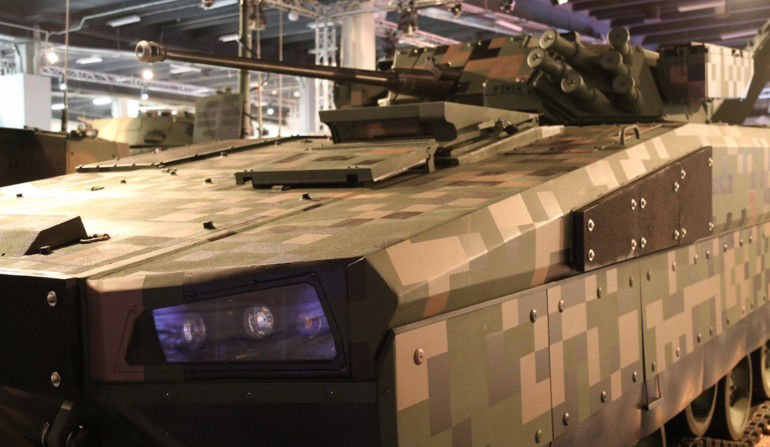
The Anders platform has been presented for the first time back in 2010, as a close support vehicle, fitted with a 120 mm cannon. Two IFV demonstrators have also been developed on the basis of the aforesaid concept, as a result of collaboration between the OBRUM facility from Gliwice and Zakłady Mechaniczvne Bumar-Łabędy S.A. At the end of 2010, the Anders’ hull was integrated with the Hitfist-30P turret coming from the Rosomak vehicle, and eight seats were arranged within its troop compartment.
Then, in the mid-2011, a decision was made to integrate the platform with the Hitfist-OWS unmanned turret module, offered by the Italian OTO Melara company. This turret, contrary to the manned turret of the Rosomak vehicle was, at the time, additionally fitted with a Spike-LR ATGM launcher, Janusoraz panoramic sight and 2x3 81 mm smoke grenade launchers. Installation of the new turret meant that changes had to be introduced, when it came to the arrangement of the crew and troop compartments.
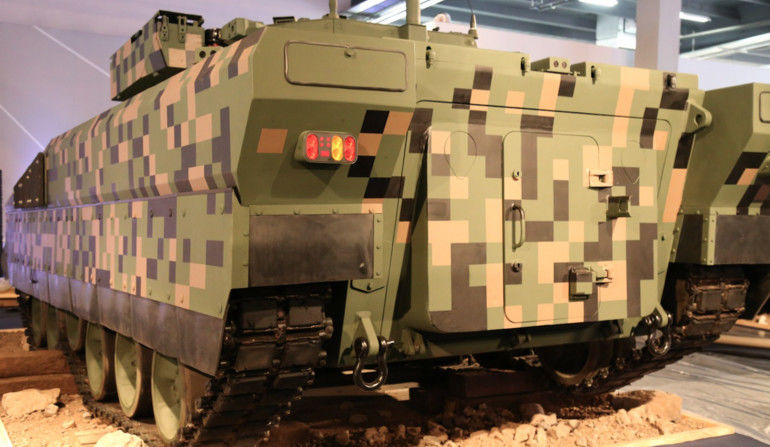
The vehicle presented at the time was capable of carrying 8 soldiers in acceleration-compensating seats, protecting the troops from explosions of mines or IEDs. The vehicle’s crew consisted out of three persons. Moreover, the platform has been fitted with a contamination detection system manufactured by the Finnish Environics company and the TTSW+1 thermal-TV visualization system designed by PCO S.A.
One of the directions towards which the development of the Anders design should be pushed, is seen in preparing the platform for hosting the BMS system for a variety of command levels and data transfer. Secondly, Anders shall also meet the requirements related to the Tytan programme. In case when a decision would be made to use the current turret, the fire control system should be modified, in a way which would provide the vehicle with the “hunter-killer” capabilities. Finally, broadband data connectivity should also be implemented onboard, so that the level of the situational awareness of the crew is raised.
It is also desirable to achieve high power to weight ratio of more than 30 HP per tonne, so that a proper level of tactical mobility is reached. The vehicle should also be able to go over the water obstacles, by wading, with depths of up to 1500 mm. Within the hull, a universal fitting system for mechanical elements, devices and seats should be used, so that reconfiguration of the interior is easier. Meeting the conditions related to controlling the environment of the crew compartment is also quite important. Here, we are referring to the heating and air conditioning modules, filtering and ventilation modules, ABC/WMD protection system and ergonomics related to operation and use of the vehicle on the battlefield.
Marek Dąbrowski

